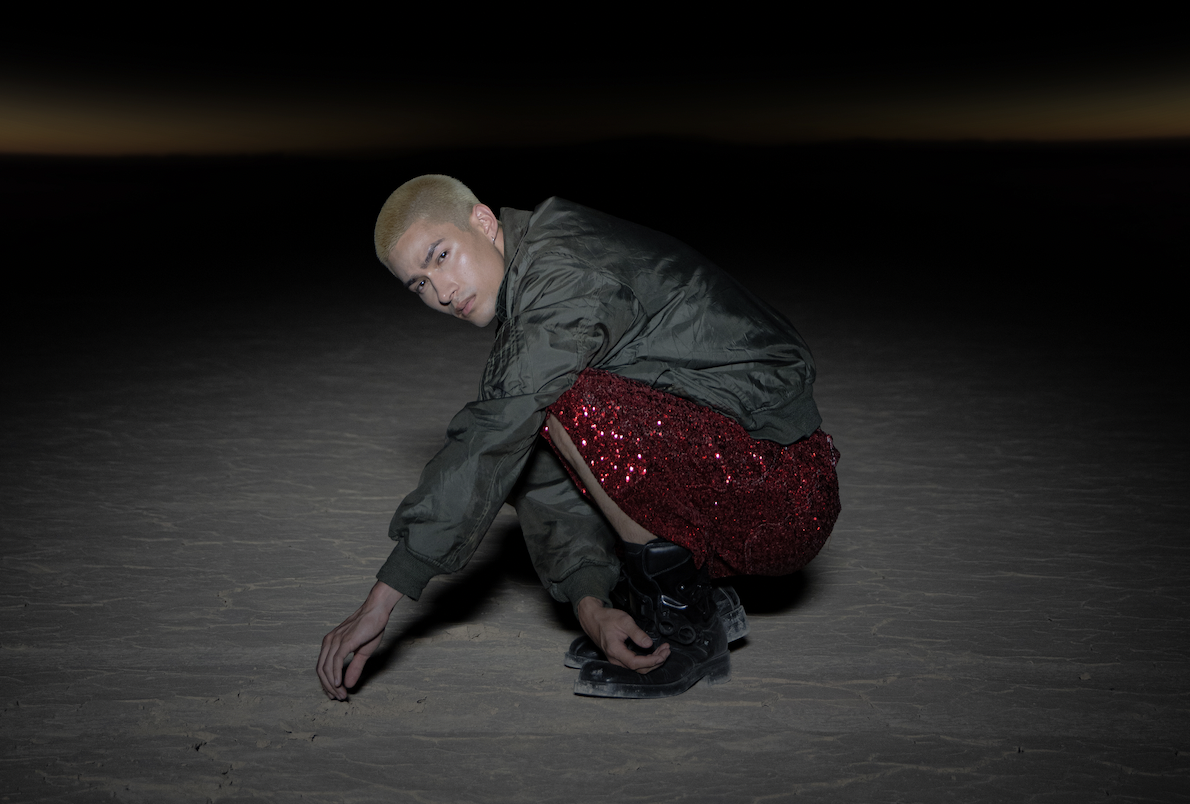CGTN, the international arm of Chinese television network CCTV, has just launched a new video series entitled “If Treasures Could Talk.” The concept is to take objects from China’s deep past and have them DM you with a quick history lesson. The execution feels like they’re projecting a bit, but that’s always happening in archaeology by default, to be fair.
Episode 1 features a head-shaped clay jar from the Yangshao culture, “a Neolithic culture that existed extensively along the Yellow River in China” between 5000 and 3000 BCE. Some sample lines:
Producing pottery was human’s first attempt at artistic creation.
Using only their hands, they combined clay and water. By applying fire, they achieved a physical transformation of the mixture.
Through pottery, humans revealed their ability to be creative. Their minds became more open, and they began to imagine birth as the coming of light, and death, as encroaching darkness.
Reflecting on life and death, they became more introspective. They imbued the heavy clay with the deeper questions they were asking themselves.
What would #China‘s ancient human head pottery jar say? https://t.co/ebyMoA8Lza pic.twitter.com/mh4ayDMrLe
— CGTN (@CGTNOfficial) February 20, 2018
Archaeological heritage has been gaining more ground in Chinese popular culture of late, thanks in part to the success of CCTV reality show National Treasures, which premiered last December. RADII’s Fan Shuhong writes:
In each episode, one of the curators of these public museums, or “gatekeepers” of the priceless relics as they call themselves, introduces three of the most important objects in their vaults. Next, three famous and skilled actors act out the historical stories behind each relic, and vow to be its “guardians” along with archaeologists, restorers, museum volunteers, and anyone invited to share their contemporary experiences with the relics.
National Treasures even put in an appearance at CCTV’s Spring Festival Gala last week, when wealthy patron Xu Rongmao donated a 16th-century map of the Silk Road to the Forbidden City Palace Museum in the middle of the program:

Anyway — “You have a new message from an ancient treasure,” you’d better check that.
—
Cover image: CGTN
Related:
 Click-through: 3D Models of Chinese TreasuresArticle Jul 19, 2017
Click-through: 3D Models of Chinese TreasuresArticle Jul 19, 2017
















